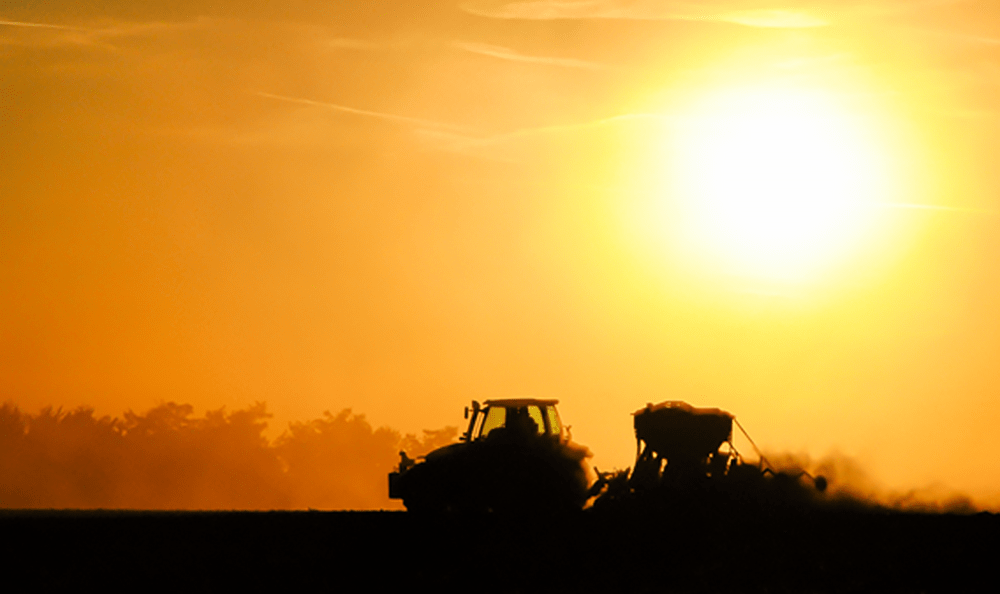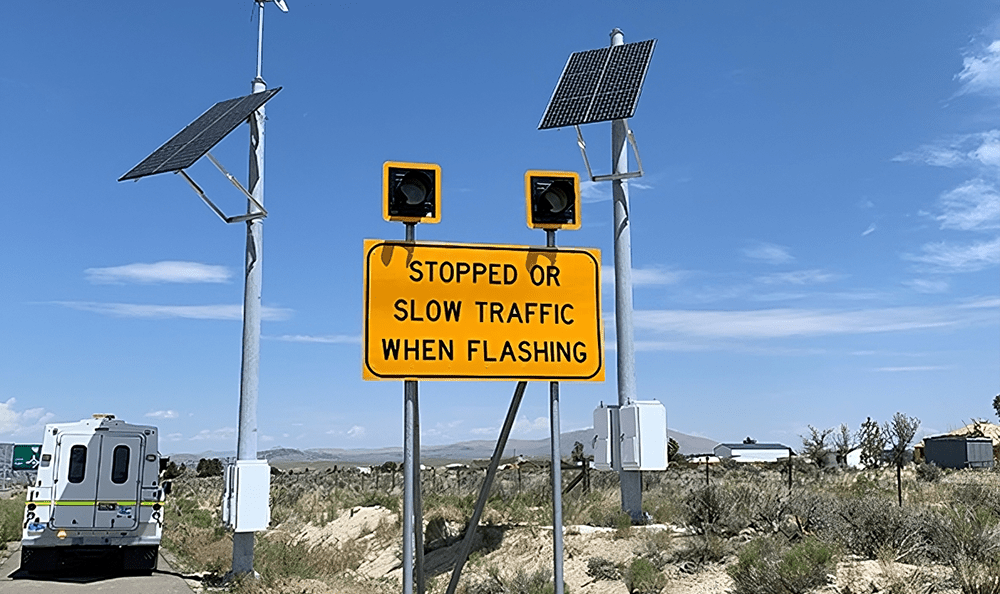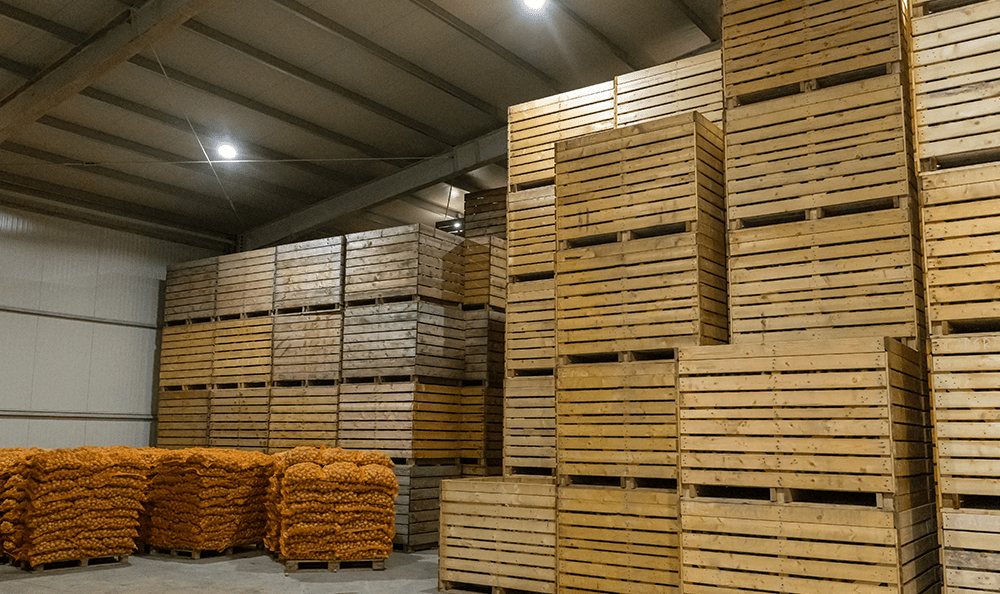The Western US has been synonymous with drought for the last couple of decades. In California, 66.4% of the state is considered to be in severe drought, and it goes back for a long time, since the 2011-2012 water year according to the NOAA. The increasing water shortages have been especially hard on farmers, causing many to lose crops and some to lose their land. By the year 2040, the San Joaquin Valley of California is projected to lose over 10% of its farmland.
In fact, according to the latest U.S. Drought Monitor report, most of the Western US struggles with prolonged drought. During June of 2021, an extreme heat wave set records in seven different US states.
Drought conditions are especially hard on farmers. Irrigation restrictions are a common feature throughout the western region. In Utah, farmers were forced to cut water use last summer by more than 70%. However, farmers have some tools to adapt.
Making Agriculture More Efficient
Digital technologies make managing agricultural water use much more efficient than it has ever been. The Internet of Things (IoT) helps farmers gather relevant data over large areas, which lets them make better use of the limited water they have.
In the light of severe drought, the benefits farmers see from monitoring and control are significant. When farmers get higher yields per gallon of water used, they improve their profitability, which drives further innovations in efficient farming.
For example, several controlled research studies have shown that smart irrigation can lead to water savings of anywhere from 30 to 50 percent. The smarter the irrigation system, the more water can be saved and the higher the yield per gallon used. The following video from the Microsoft Research YouTube channel claims that smart irrigation is not only effective at reducing waste but could also be a solution for climate change and extreme drought everywhere.
A smart irrigation system can include anything from flow metering and automated valve control to soil moisture sensors that direct water only to the areas that need it, when they need it. Both involve controllers that use sensor feedback to gather data and programmable logic to automate pumps, valves, and more.
When coupled with irrigation systems that prevent evaporation, smart irrigation can be a powerful way to reduce waste and increase yields.
A Step In The Right Direction
It may seem that only large operations can afford automated systems. To a certain extent, that is true. High-end irrigation control systems can be very expensive and require a larger operation to justify the expense. However, with the advent of the Internet of Things (IoT), more affordable options now exist that allow smaller farms and ranches to improve their water management.
This is important as smaller farms and ranches are most vulnerable to water management policy in drought-prone areas. Their water allotment is already small, and they lack the financial resources to buy more water from outside sources.
Greg Julius, a farmer in Camarillo, California, operates a 44-acre avocado and lemon orchard for a Catholic Seminary. Severe water restrictions in the area have driven their investment in an irrigation control system. Greg has been working on this irrigation control system for a while now, but his first attempt ended in failure. The complicated nature of the control system and the lack of support he received from his supplier put a stop to his small automation project. Control systems not only have to enable smarter automation, they need to make it achievable as well.
Greg became discouraged after his first attempt but kept looking for a simpler solution. As a one-man band, Greg needed something simple that he could easily manage on his own. He found it with the ControlByWeb 400 Series of programmable edge controllers. Not only can he track the amount of water used, but he has also automated his pumps for filling his water tank. His irrigation schedule is completely automated with a fully customizable schedule in his controller, pressure transducers on his booster pumps, and valve control for various zones.
A unique challenge for Greg is the various soils in his farm. He can irrigate different zones based on soil type and optimize his water use. Automation keeps this process “out of sight, out of mind” and frees up time, money, and energy for the expansion of the control system.
With a little help from the ControlByWeb technical support team, Greg has learned how to use and modify his new automation system. While he doesn’t have a smart irrigation system yet, he’s a much better water manager in a drought-stricken area. His goal is to gradually upgrade his system to include soil moisture sensors and take his water management to a new level.
The Struggle That Must Go On
Without dramatic and prolonged shifts in weather patterns in the West, places like California will continue to struggle with drought. Populations will continue to rise, increasing demand on farmers and further straining our natural resources. However, studies show that correctly applying automated technologies is making a big difference.
Water management will be a key element in future-proofing our infrastructure for both population growth and climate change. Good conservation practices are needed across the spectrum, for both large operations with advanced precision agriculture systems and for small farms that have yet to transition from unmetered irrigation. The advancement and affordability of automated IoT technology provides a way forward for farmers like Greg.




